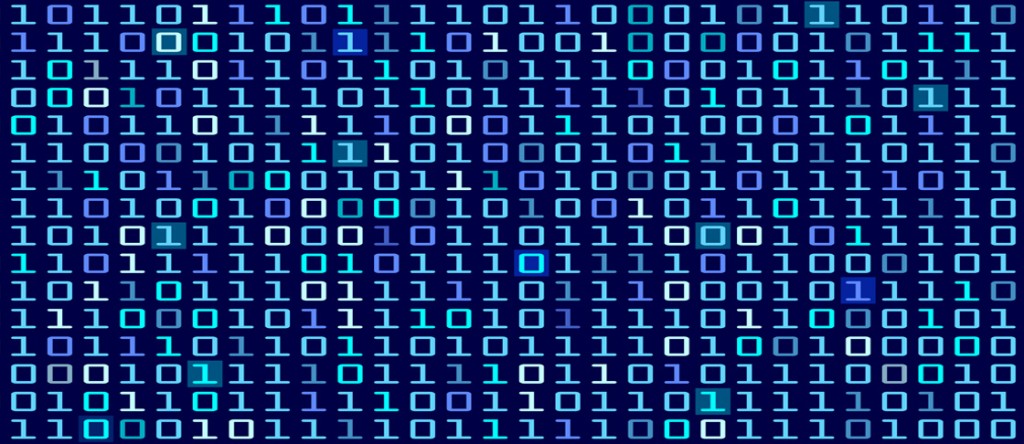The problem with cyber crime
In an increasingly interconnected world fuelled by the expansion of digital technology, some of the most inventive minds in science are trying to make the digital domain secure. But the internet is a bad neighbourhood. Millions of cyber attacks take place around the world every day, costing the global economy an estimated $500 billion every year and compromising information security. In terms of GDP, that figure would make cyber crime the world’s 27th largest economy, between Taiwan and Norway.
Cyber attacks can range from relatively small data security breaches to more malicious pieces of code capable of something far more devastating. Stuxnet, a worm discovered in 2010, was exclusively designed to infect Siemens industrial controllers. Specifically, uranium enrichment facilities in Iran. The worm disrupted the operations of centrifuges in nuclear power plants, making them spin at uneven speeds and hiding it from operators. Cyber crime is big business, and in today’s digital world, a keyboard has become a weapon capable of mass destruction.
The rise of data encryption codes
Now data encryption codes have never been more important to our way of life. Almost everything we do uses a code. Every time we log on to an internet service like Facebook or Twitter and submit our password. Every time we log in to internet banking. All of that data is protected by encryption code, and at the heart of it all is a special kind of number.
We’re surrounded by prime numbers, but what makes them so important to code is what you get when you combine two of them. If you multiply two primes together, the result is something called a semi-prime. Semi-primes are special numbers that are extremely difficult to untangle. The only way to figure out the original prime numbers that formed it is by trial and error. The bigger the number, the longer it takes. This is the key to many internet codes. It’s a riddle we take advantage of on a daily basis. An online store or service will take two secret prime numbers and multiply them, resulting in a big semi prime, which is used to create a public key. The website then uses this key to scramble your data, encrypting it, before it travels through cyberspace.
The RSA Algorithm as the solution
If data is stolen in transit, the information can’t be unscrambled without the private key, which is based on the original prime numbers. It would take a thousand computers thousands of hours to crack, making the key private and secure. This system of public and private keys is known as the RSA Algorithm.
Named after the 3 mathematicians who first published it, this beautifully simple piece of mathematics has fundamentally changed the world around us. Without the ability to form secure connections, internet banking, social media, stock trading, all of the things we take for granted online wouldn’t work. Our information would be far too accessible.
It has made the hunt for extremely large prime numbers one of the most important quests in the field of mathematics. The largest known prime number currently sits at around 22 million digits long. Codes like the RSA algorithm are effectively undecipherable because no matter how powerful computers become, they can only process one computation at a time.
But now scientists are working on a new kind of computer; one that harnesses the most complex physics in the universe. It has the potential to completely change how our world operates by taking the next leap in our digital evolution; a leap into the mystifying world of quantum mechanics.

